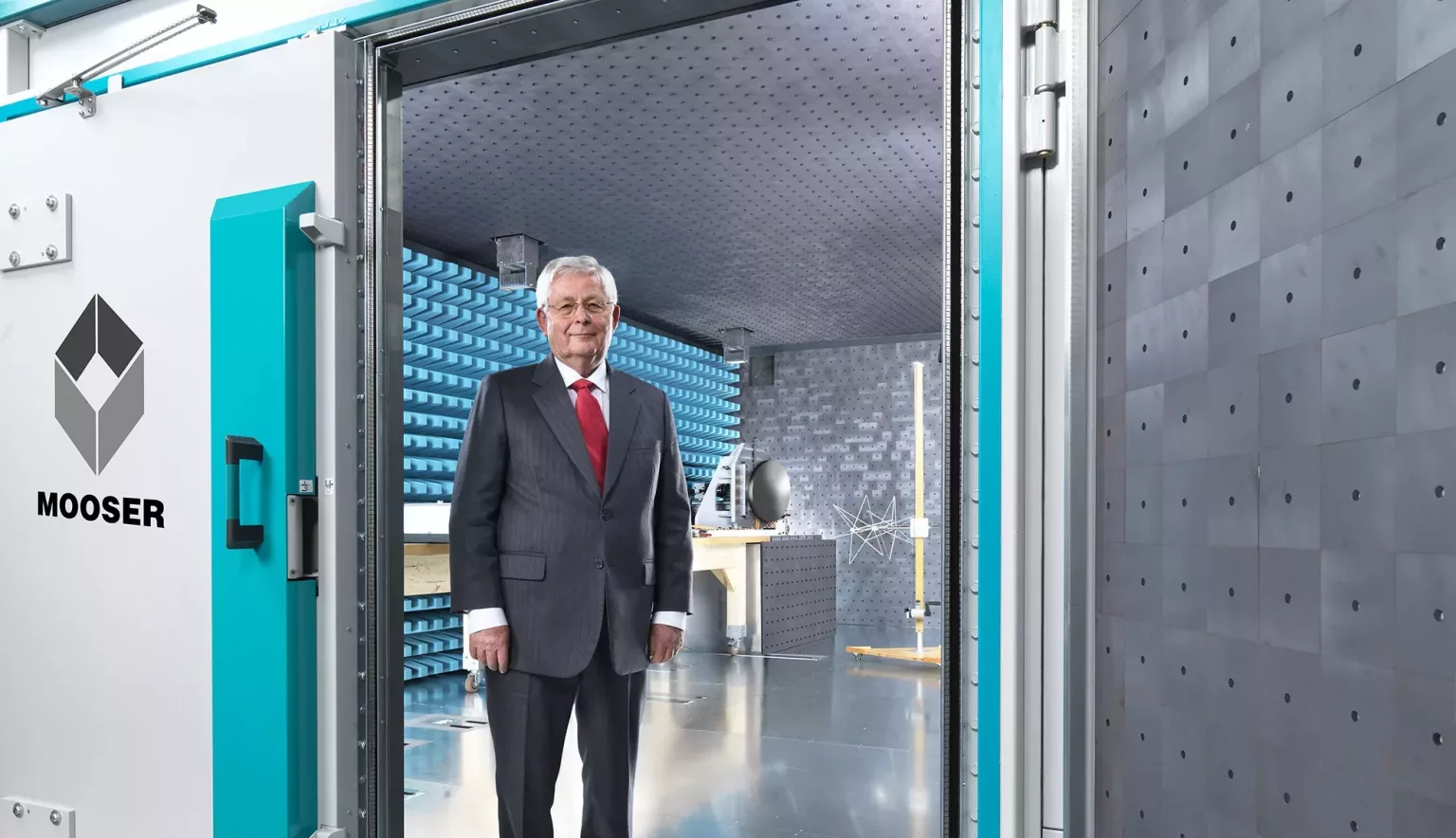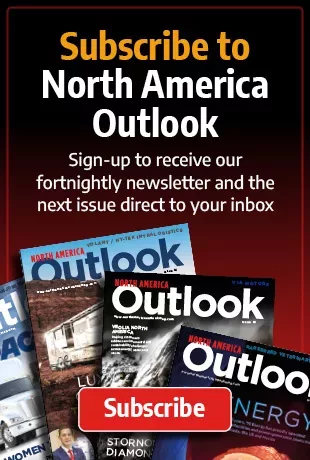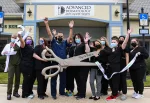The founder behind leading German EMC testing laboratory and service provider, Jakob Mooser GmbH, examines a customer-centric outlook and a promising future in electric mobility
Firstly, could you provide me with some insight into your career to date and explain how you became interested in the technology industry?
Jakob Mooser, founder and Managing Director (JM): After graduating in telecommunications engineering and before I started my own business, I worked for 12 years for a large company in Munich. It was there that I learned how important electromagnetic compatibility (EMC) is in many sectors of industry. For example, in defence technology, railway technology, aviation, special vehicles, industrial electronics and complete industrial plants. In addition, it was also during this period that I had my first contact with automotive electronics.
In defence technology, people have been dealing intensively and systematically with EMC since the 1950s, and in some cases even earlier than that. What was particularly valuable for my subsequent career was the systematic approach to EMC and the way EMC was broken down from an overall system to the requirements of each individual component.
First of all, the system data were determined, starting with the derivation of the system data from the environment and related to the system itself, including its fields of application: in the air, on the sea and on land. From this, the requirements for the individual components were derived, depending on their installation location. I still benefit from that even today, 40 years after my ‘apprenticeship years’.
In 1989, having spent twelve years at the company in Munich, I decided to take the plunge and start my own business by setting up a one-man “garage company”. It turned out to be the right time and the right decision to specialize in component EMC in the automotive sector. Right from the start, Mooser has always been much more than just a testing laboratory. With our outstanding team of engineers, we offer our customers more than just tests according to specifications with a pass/fail report.
We have always provided support for our customers in carrying out basic research, as well as in creating specifications and developing EMC on a component level through optimized circuit technology and optimized layouts, etc. A key sentence in our company philosophy is: “Standing still means going backwards!” That is a motto that all our employees share.
We reached a milestone in our company’s history in 2008. The age of electric powertrains in the automotive sector had slowly begun. It quickly became clear to me that conventional EMC testing methods were not suitable for electric drive systems. I spoke to German OEMs and major Tier 1 suppliers about how to test electric drive systems, high-voltage batteries and other high-voltage components sensibly and efficiently. An electric drive system with an output of 200 kilowatts (kW) cannot simply be placed on a normal CISPR 25/ISO 11452 bench for testing. It has to be tested under variable load and speed ranges.
After some months, I had developed a workable concept, and nine months later the first testing chamber for electric drive systems went into operation at our laboratory near Stuttgart. The chamber had a drive and brake power of 100 kW. The testing chamber is protected under the name eCHAMBER®.
Two years later, at the end of 2020, the second eCHAMBER® was installed in our laboratory.
The business model with the testing chamber was a complete success. In the meantime, two more eCHAMBER® units are in operation in the laboratory near Stuttgart, each of which have drive and brake outputs of 250 kW. The testing chamber for engines, axle drives, transmissions and hybrid transmissions – also for commercial vehicles – is suitable for test specimens with a mass of up to 1,000 kg. Six other eCHAMBER® systems are in use worldwide. One of them has a drive and brake power of 500 kW.
When we put our first eCHAMBER® into operation in our laboratory near Stuttgart, we had already begun cooperating with German OEMs, Tier 1 suppliers and also international partners to carry out work on standardization. Most of the basic studies for the high-voltage part of CISPR 25, Edition 4 and ISO 7637-4 were performed in our laboratory. Similarly, many studies for the Chamber Validation section of CISPR 25, Edition 4 were carried out at our facilities. Even today, more than 12 years after it was developed, the technology of the eCHAMBER® is still fully valid.
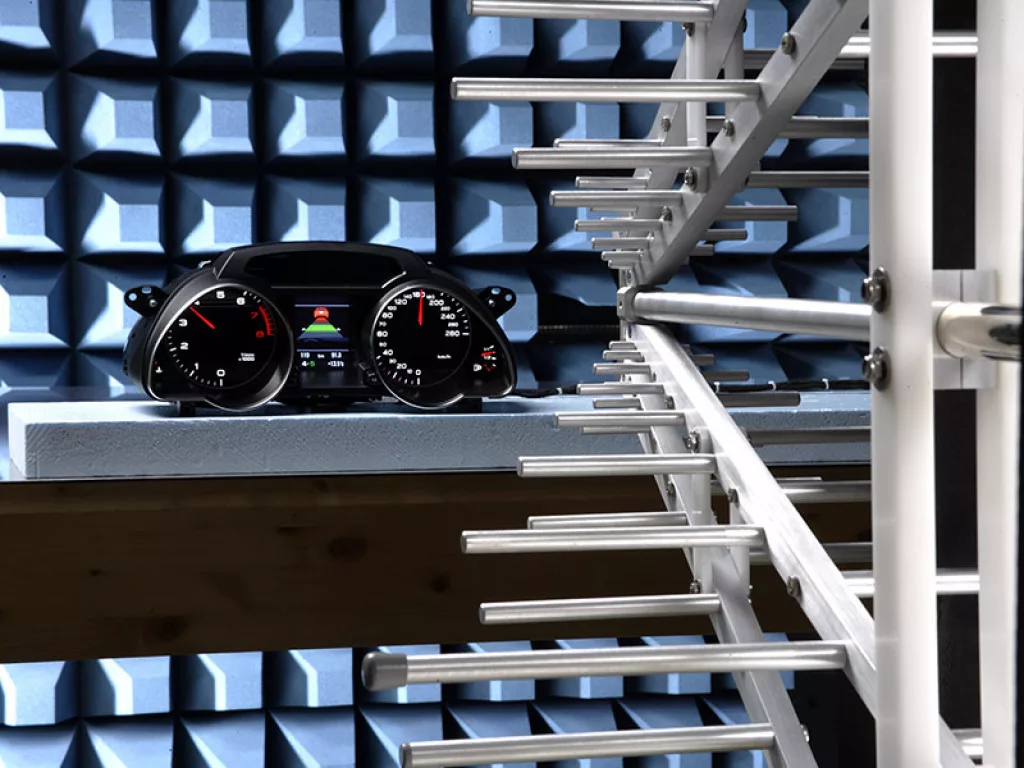
What is your take on the industry in North America at the moment? Is it an exciting space to be working in?
JM: North America is one of the leading regions in the field of electric mobility and autonomous driving. Development in these areas is rapidly advancing in North America.
Not only electric drive systems, but above all system solutions for autonomous driving will place the focus on safety aspects even more than before, and this also includes the area of EMC.
For that reason, the testing strategy will be expanded to include combinations of functions. Tests on individual components will no longer be sufficient. The undoubtedly high costs will also drive globalization in this area, too.
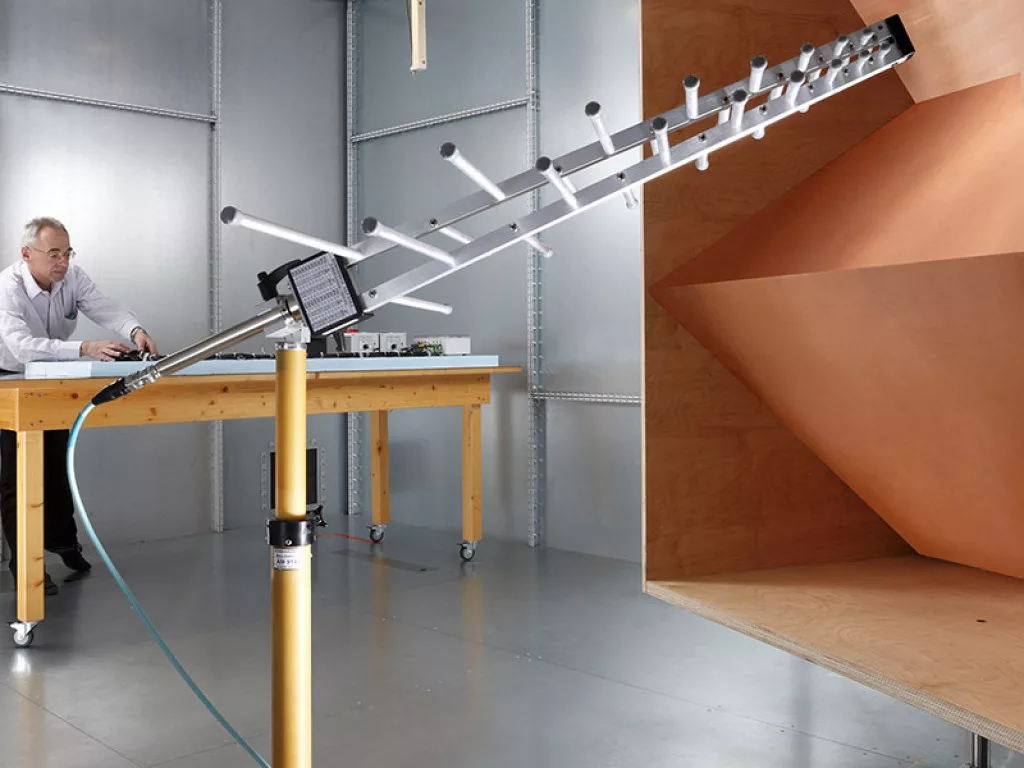
Briefly introduce us to Jakob Mooser, e.g. a brief overview of your main products and services, locations, client base, number of employees.
JM: There are two Mooser EMC laboratories. The first is Jakob Mooser GmbH near Munich and the second is Mooser EMC Technik GmbH near Stuttgart.
The two companies are legally independent, but both are 100 percent under my ownership, which means that cooperation is very good and very close. Both companies are specialized in EMC for the automotive sector. A very special area is electric mobility, with electric drive systems, batteries and other high-voltage components.
As I mentioned, our aim is not simply to carry out qualification tests according to specifications (pass/fail), but to support our customers with our EMC expertise: consulting, creation of specifications, development of EMC/interference suppression in the field of circuit technology, layout optimization, etc.
The Mooser laboratories also provide type approvals in accordance with Regulation UN ECE-R10.
Our customers come from Germany, Europe, America and Asia. They are Tier 1, Tier 2 and Tier 3 suppliers and also OEMs. Our customers also include companies that you would not initially expect to be involved in the field of automotive EMC. For example, there are companies who develop and manufacture materials that are subsequently used to produce shielding housings. In such cases, we examine the shielding attenuation for the electric and magnetic fields. More than 50 engineers and physicists are currently working in our laboratories.
The most important formal achievements of the two Mooser companies are:
• both laboratories are accredited according to DIN EN ISO/IEC 17025
• both laboratories develop type approvals according to UN Regulation No.10 (ECE-R10)
• all specifications of OEMs worldwide can be tested
• worldwide recognition by all major OEMs
• we are one of very few laboratories that operate a reverberation chamber.
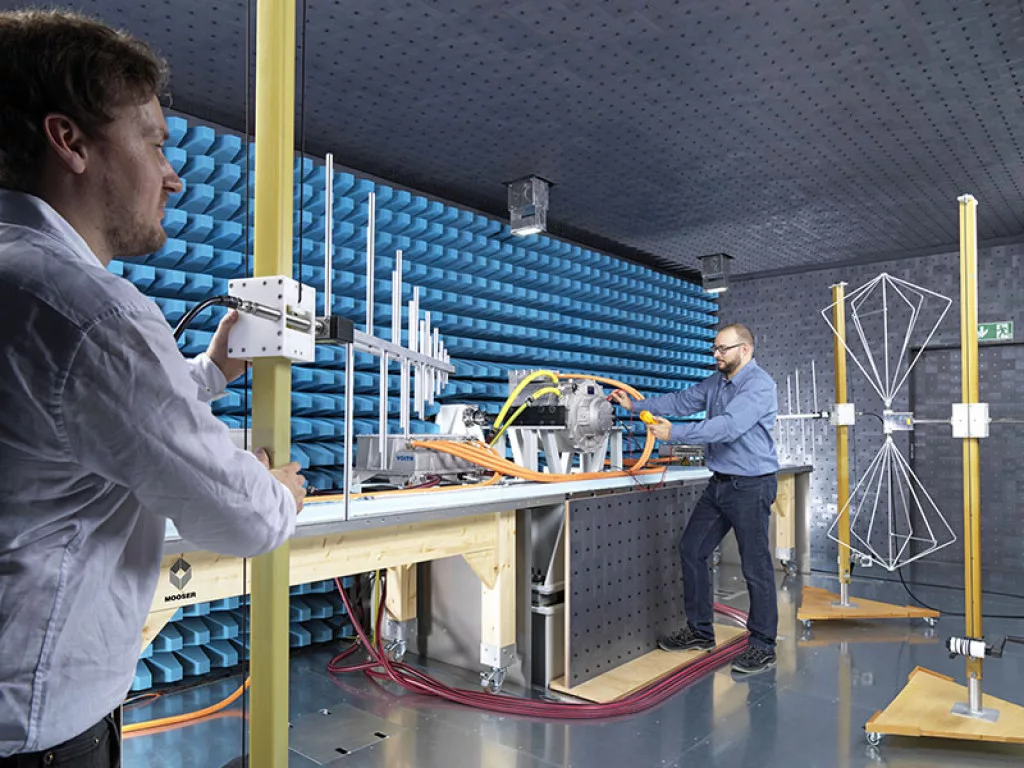
What, for you, differentiates Jakob Mooser from the competition?
JM: We have several important goals:
• We provide our customers with the best advice, and always share our expertise, which we have gained over decades in countless components and projects, with the customer.
• This applies in particular to the field of circuit technology and layout. If the customer has a ‘fail’, we will work together to change this into a ‘pass’. Sending customers away with a ‘fail’ without offering a solution is not very productive. Usually, they neither have the right measuring equipment available themselves, nor the expertise to solve the problem. If possible, a solution that suits the customer will be worked out during the first appointment, and not in a few weeks or months. As a rule, customers have to revise their product after such a development, but there is then a high probability that the modifications made will result in a “pass” in a further test.
• In my opinion, the most important goal for a testing laboratory/service provider is: the customer is king! This motto applies to all our employees.
Some of our measuring possibilities also cannot be found in every laboratory. We measure:
• technical magnetic fields
• magnetic fields for personal protection
• semiconductor chips.
The EMC requirements not only apply to components, they also now go into the depth of the semiconductors.
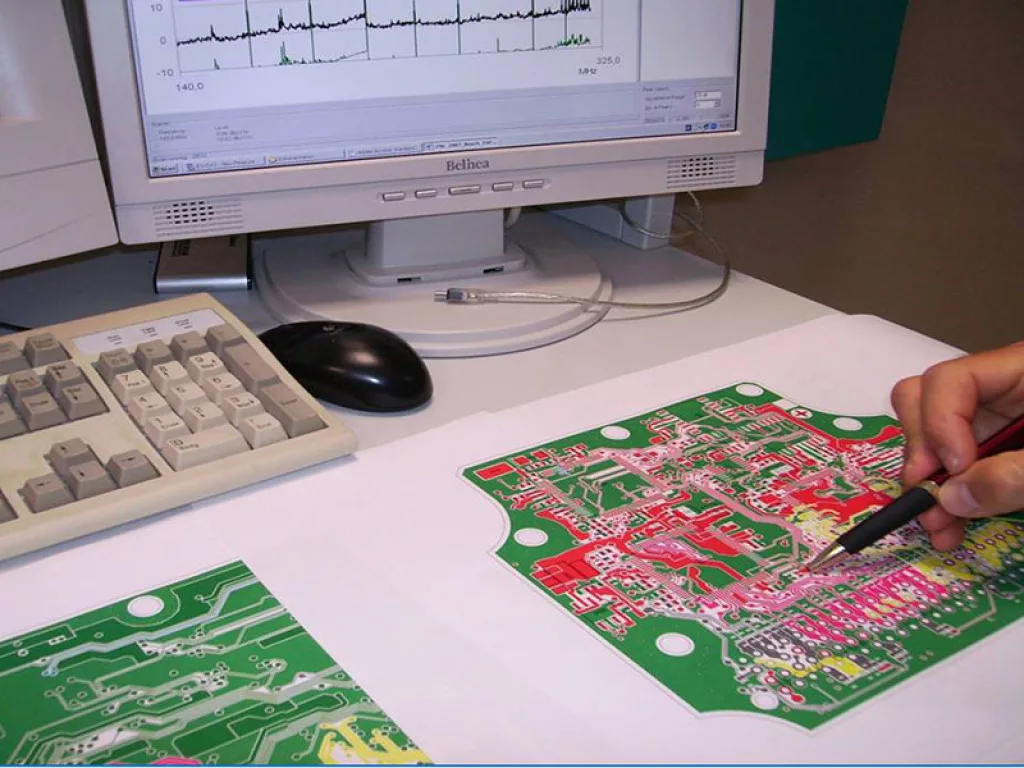
What recent, ongoing or upcoming projects would you like to showcase in the article? For each, please provide some key details and explain why the project is important or special to the company.
JM: Without doubt, the most important project is electric mobility. This involves the testing of drive systems, inverters, motors, hybrid drive systems, commercial vehicle engines and transmissions, high-voltage batteries and other high-voltage components. We perform these tests in the temperature range from -45°C to +180°C.
In electric drive systems, there is an important effect that is not taken into consideration in many cases. The inverter, which chops up the DC voltage and generates a three-phase alternating current from it, produces a very high level of high-frequency interference. This interference is coupled into the rotors of the electric motor through the exciter windings and from there through the motor shaft into the transmission.
As long as the motor is not rotating, the ball bearings short circuit the interference to the motor housing. When the motor rotates together with the transmission, an oil film is built up in the ball bearings. As a result, the ball bearings develop a high resistance and the interference is no longer short-circuited to the housing. The interference is transmitted capacitively from the motor shaft through the transmission via the gear wheels and is very often radiated through the drive axles, causing interference to the radio reception on the car radio.
We have developed our own measuring methods for these phenomena, which for a long time were not familiar to all market participants. For example, we can measure the coupling of motor interference via the axles on a transmission even during the initial construction of the transmission, without the need to have the actual source of the interference, in this case the inverter. We consider this phenomenon under the overall term HV-LV coupling.
HV-LV coupling is an interference factor in many components and needs to be examined on the component level at a point in time at which the main source of interference, the inverter, is not yet available.
For this purpose, we have developed substitute measuring methods that enable us to examine the corresponding components and suppress their interference even during the development phase. In all cases, significant time and cost savings are achieved in these projects.
“In my opinion, the most important goal for a testing laboratory/service provider is, the customer is king! This motto applies to all our employees”
Jakob Mooser, Founder and Managing Director, Jakob Mooser GmbH
Projects aside, are there any key investments or other things you’re working on that you’d like to pay special mention to?
JM: In addition to further investment in electric drive system technology, in connection with fuel cell technology, we will focus more intensively on test procedures for autonomous driving in the future.
For this safety-relevant topic, I expect to see a need for a lot more coordination with OEMs and Tier 1 suppliers.
Could you talk about your staff? How do you try to empower them and recognize the contributions that they make?
JM: Good and satisfied employees are a company’s greatest asset.
You can always buy measuring equipment and it is always available. But very good employees are in short supply and it takes years before they are fully trained and have gained experience in their job.
We always try to train our employees ourselves and the recognition that we give our employees is in keeping with this.
We have a large number of employees who have been with us for many years. Unfortunately, it is also the case that big companies often no longer train their staff themselves, but instead try to “buy” fully trained and experienced employees from smaller companies like ours.
“Good and satisfied employees are a company’s greatest asset”
Jakob Mooser, Founder and Managing Director, Jakob Mooser GmbH
Looking ahead, what are your key priorities for the coming year? Are you aiming to hit any specific targets, reach any goals, expand or diversify at all?
JM:
• Expansion of high-voltage and electric drive system technology
• Testing facilities for fuel cell drive systems
• Testing facilities for autonomous driving systems.
We do not have any finalized investment plans yet and it is not easy to estimate when which specific projects will be implemented.
Small and owner-managed companies like Mooser have very short decision-making processes and we are able to decide on and then make even large investments in just a few months.

